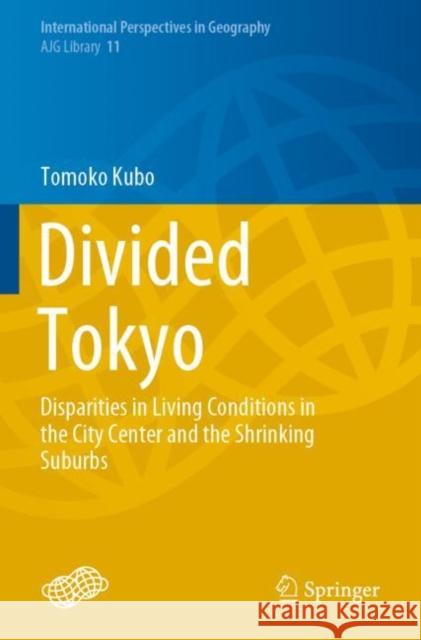Divided Tokyo: Disparities in Living Conditions in the City Center and the Shrinking Suburbs » książka
topmenu
Divided Tokyo: Disparities in Living Conditions in the City Center and the Shrinking Suburbs
ISBN-13: 9789811542046 / Angielski / Miękka / 2021 / 174 str.
Divided Tokyo: Disparities in Living Conditions in the City Center and the Shrinking Suburbs
ISBN-13: 9789811542046 / Angielski / Miękka / 2021 / 174 str.
cena 562,23
(netto: 535,46 VAT: 5%)
Najniższa cena z 30 dni: 539,74
(netto: 535,46 VAT: 5%)
Najniższa cena z 30 dni: 539,74
Termin realizacji zamówienia:
ok. 22 dni roboczych
Dostawa w 2026 r.
ok. 22 dni roboczych
Dostawa w 2026 r.
Darmowa dostawa!
Kategorie BISAC:
Wydawca:
Springer
Seria wydawnicza:
Język:
Angielski
ISBN-13:
9789811542046
Rok wydania:
2021
Wydanie:
2020
Numer serii:
000466835
Ilość stron:
174
Oprawa:
Miękka
Wolumenów:
01











